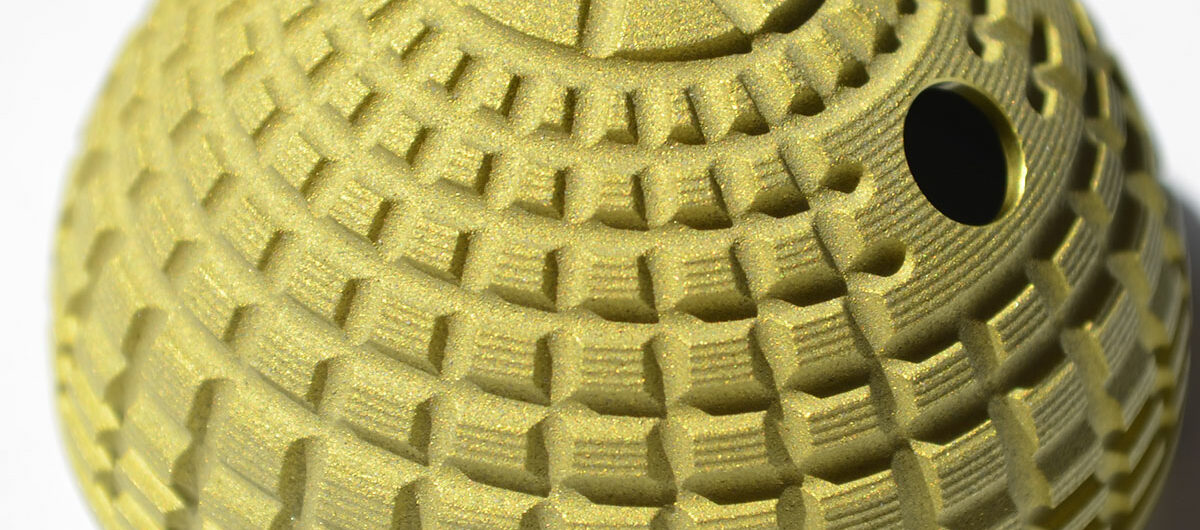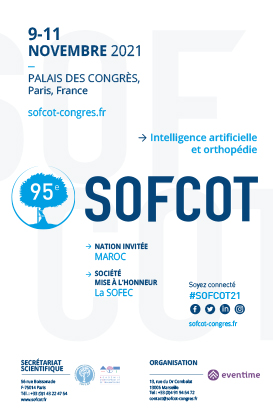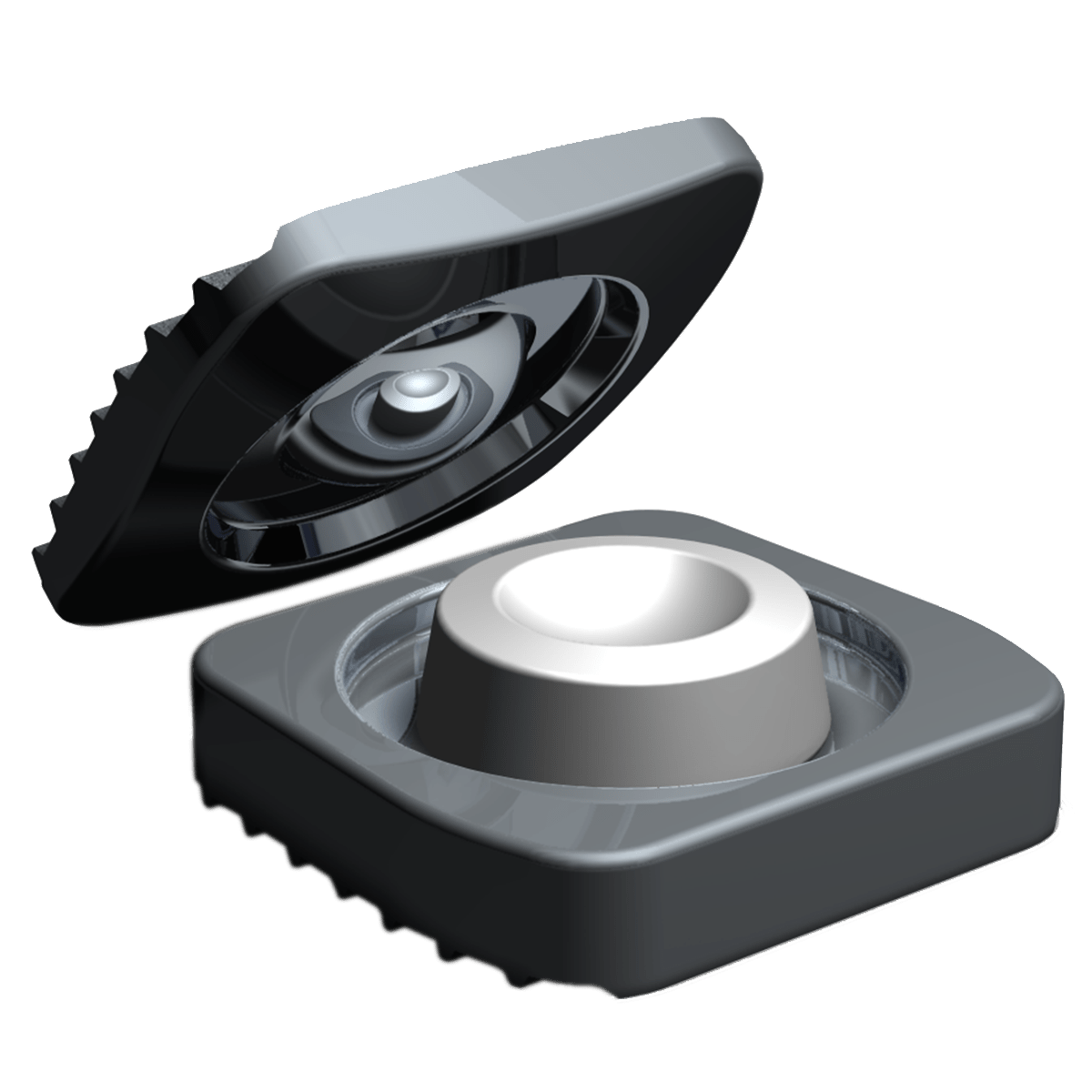Bone regeneration and bacterial anti-adhesion

The two main challenges to faced when implanting a prosthesis lie in good tissue integration while preventing infection. In collaboration with chemical experts from the CNRS UMR 7244 unit, CERAVER developed and then industrialized a surface treatment process allowing a control of a cell response and an inhibition of bacterial adhesion under experimental conditions. Indeed, the radical grafting of a bioactive polymer, poly(sodium styrene sulfonate) onto prosthesis surface demonstrates continuously its excellent in vitro and in vivo results [1-5], opening the way to a new generation of bioactive prosthesis in several application fields.
The objective of the “ACTISURF” project is to offer a new generation of bioactive orthopedic prostheses. The goal is to promote bone regeneration around the prosthesis, while inhibiting bacterial adhesion. This technology is patented in Europe, the USA and Japan. Protein mediation allows control of the host response, thereby avoiding the creation of bacterial biofilm. This high value-added coating is currently under clinical investigation in France for orthopedic applications. Developments are underway in fields such as traumatology, dentistry, neurosurgery, cardio-vascular…and so on.
[1] A. Alcheikh, G. Pavon-Djavid, G. Helary, H. Petite, V. Migonney, et F. Anagnostou, « PolyNaSS grafting on titanium surfaces enhances osteoblast differentiation and inhibits Staphylococcus aureus adhesion », J. Mater. Sci. Mater. Med., vol. 24, no 7, p. 1745‑1754, juill. 2013.
[2] A.-C. Crémieux, G. Pavon-Djavid, A. S. Mghir, G. Hélary, et V. Migonney, « Bioactive polymers grafted on silicone to prevent Staphylococcus aureus prosthesis adherence: in vitro and in vivo studies », J Appl Biomater Biomech, vol. 3, no 1, p. 178‑85, sept. 2003.
[3] H. P. Felgueiras et al., « Bone tissue response induced by bioactive polymer functionalized Ti6Al4V surfaces: In vitro and in vivo study », J. Colloid Interface Sci., vol. 491, p. 44‑54, avr. 2017.
[4] H. P. Felgueiras, I. B. Aissa, M. D. M. Evans, et V. Migonney, « Contributions of adhesive proteins to the cellular and bacterial response to surfaces treated with bioactive polymers: case of poly(sodium styrene sulfonate) grafted titanium surfaces », J. Mater. Sci. Mater. Med., vol. 26, no 11, nov. 2015.
[5] A.Leroux, J.K. Venkatesan, D.G. Castner, M. Cucchiarini, V. Migonney, « Analysis of early cellular responses of anterior cruciate ligament fibroblasts seeded on different molecular weight polycaprolactone films functionalized by a bioactive poly(sodium styrene sulfonate) polymer », Biointerphases, 14, aout 2019.




